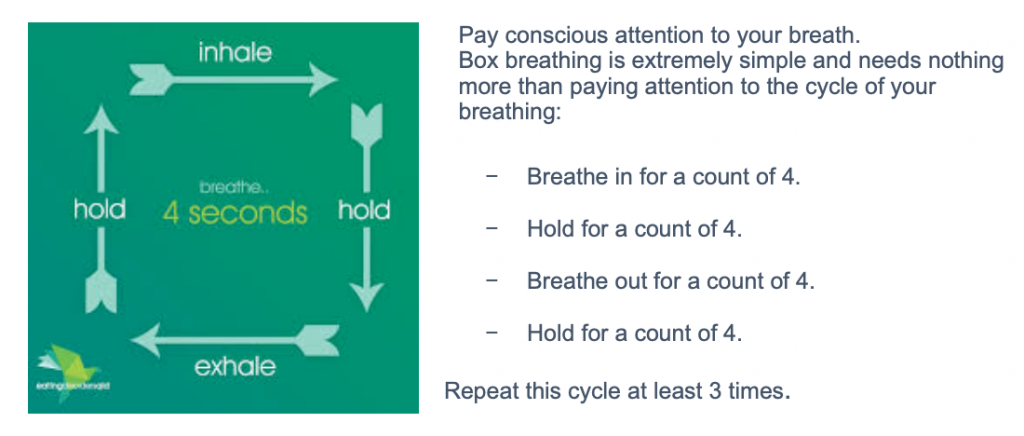Finding focus in chaos
Super simple tools to centre yourself
We have all had those moments. Days with a pressing work schedule, with important, and sometimes urgent meetings that seem to flow one into the next, and an inbox that is bursting at the seams. At the back of our minds, concern about a sick child at home, upset and hurt about an argument with a colleague or a spouse, frustrated and anxious about the meeting you are walking out of that didn’t go as hoped.
How do you cope with these days? One way is to sublimate the emotion – pack it all down, cover it up, and continue ploughing forward. We all know where that leads – exhaustion, burnout, deteriorating relationships with self, family, work colleagues and others, and the sensation of being constantly on edge.
Here are a few super simple tips to help rebalance, recentre and recalibrate.
How to prepare:
Allow yourself 2-5 minutes between meetings and engagements. Find a quiet spot – your desk, a table in the corner of an open area – even a toilet cubicle will do! At a pinch, some of these exercises can even be done as you walk down a passage from one place to another.
- Box Breathing

- The 5 Whys
Use this exercise to understand and articulate your internal emotional state. As soon as you can articulate the issues that worry you, your ability to process and address them dramatically improves. This exercise is derived from root cause analysis and can assist you in understanding the emotions and issues that drive your thoughts and behaviours.

- Body Awareness Check
This process is used to attend to the somatic (body) information that is available to us. We tend to spend an enormous amount of time in our heads and to regard body aches and pains or sensations as irritating distractions. Our bodies offer us excellent sources of information on our internal state and level of wellbeing and balance.

These three practices work best when they are done regularly, and you start to become more familiar with accessing the calm, insight and peace that they bring. Our bodies and minds learn, over time, to so associate the calm with the practice that it becomes easier and easier to access, and can even get to a point where the calm response becomes automatic as soon as one starts the practice.
These practices also open a door for us to start becoming more mindful and attending to our wellbeing more holistically.
We hope that you find them useful!











